
AeroGenie – Ihr intelligenter Copilot.
Trends
Categories
What the AI Industry Can Learn About Safety from Airlines
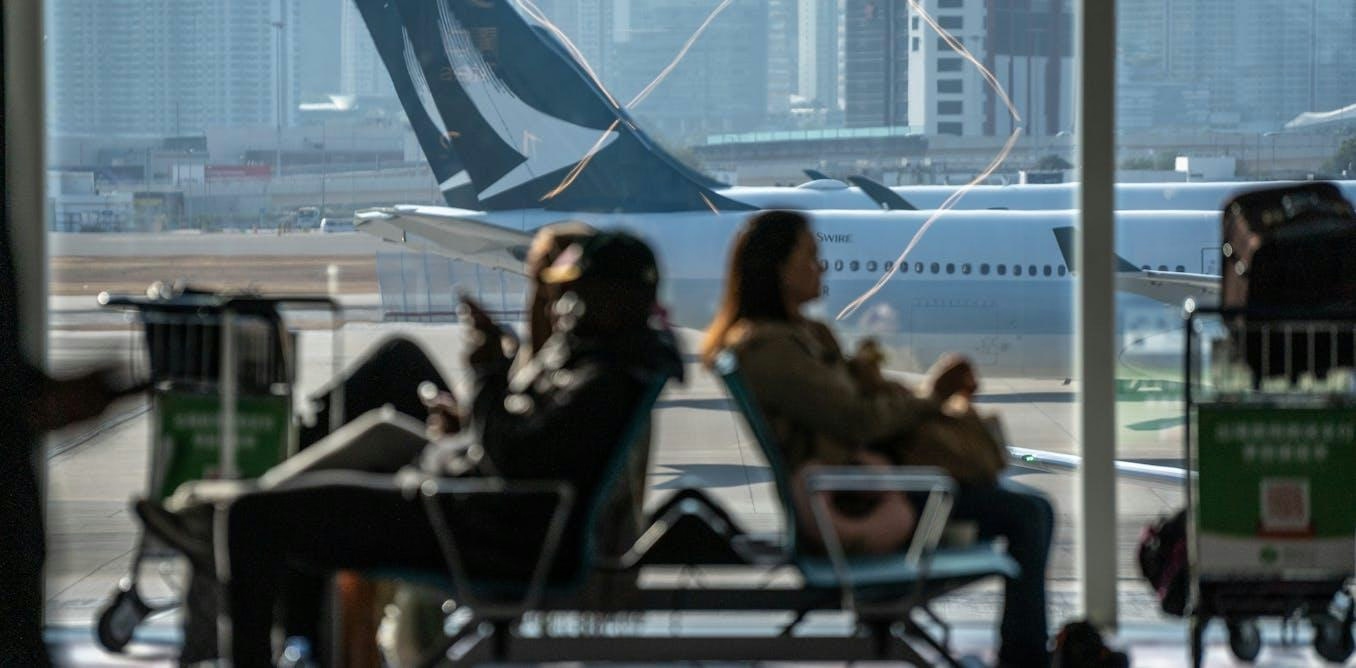
What the AI Industry Can Learn About Safety from Airlines
Over the past century, civilian aviation has witnessed approximately 185,000 fatalities. Despite this grim history, flying on a U.S. airline today ranks among the safest modes of travel, with the likelihood of passenger death far lower than winning most lotteries. This dramatic improvement prompts an important inquiry: how did aviation achieve such a high level of safety, and what lessons can the artificial intelligence industry draw from this evolution?
The Evolution of Aviation Safety
The advent of powered flight in 1903 was initially met with skepticism and apprehension. The risks became evident almost immediately, as the Wright brothers experienced the first airplane accident on their fourth flight, followed by the first fatality within five years. Since then, over 89,000 airplane accidents have been documented worldwide. Each tragedy, while devastating, served as a critical learning opportunity. Investigators painstakingly reconstructed crashes to uncover root causes and contributing factors. These insights led to tangible safety improvements; for instance, after incidents where pilots neglected to lower landing gear, warning systems were introduced to alert crews to unsafe gear positions. Although this reactive approach incurred significant costs, it established a culture of continuous safety enhancement.
Over time, aviation safety shifted from a reactive stance to a proactive and eventually predictive model. The industry standardized operations and procedures, culminating in the establishment of the Civil Aeronautics Authority in 1938, the forerunner of today’s Federal Aviation Administration (FAA). By 1997, safety collaboration intensified with the creation of the Commercial Aviation Safety Team, which united industry stakeholders, labor representatives, and government agencies—including the FAA and NASA—to analyze data, identify risks, and share safety information transparently. Crucially, airlines agreed not to compete on safety, fostering an environment of openness and collective accountability.
Parallels and Lessons for the AI Industry
The artificial intelligence sector today confronts challenges reminiscent of aviation’s formative years. Rapid technological advancement, significant risk tolerance, and the imperative for reliable, high-quality models have generated widespread concerns about safety and unintended consequences. As AI systems become increasingly embedded in everyday life, the imperative to ensure their safe and responsible development intensifies.
In response, the AI industry is beginning to incorporate lessons from aviation’s safety journey. Leading companies are embracing responsible innovation through initiatives such as RAISE, which mandate comprehensive documentation of safety protocols and rigorous risk assessments. Competitors are following this trend, recognizing that robust safety frameworks are vital not only for public confidence but also for sustaining competitive advantage. This collective commitment to safety echoes aviation’s historic decision to prioritize transparency and cooperation over rivalry.
The global competition for AI leadership, particularly between the United States and other major players, further underscores the necessity of establishing stringent safety standards. As the industry strives to dominate AI model deployment and semiconductor markets, it must balance innovation with responsibility to prevent safety from being compromised.
Aviation’s century-long transformation from a perilous endeavor to a model of reliability offers a valuable blueprint for AI. Emphasizing transparency, sharing safety data openly, and treating every incident as an opportunity for improvement could prove essential in cultivating a safer and more trustworthy AI future.
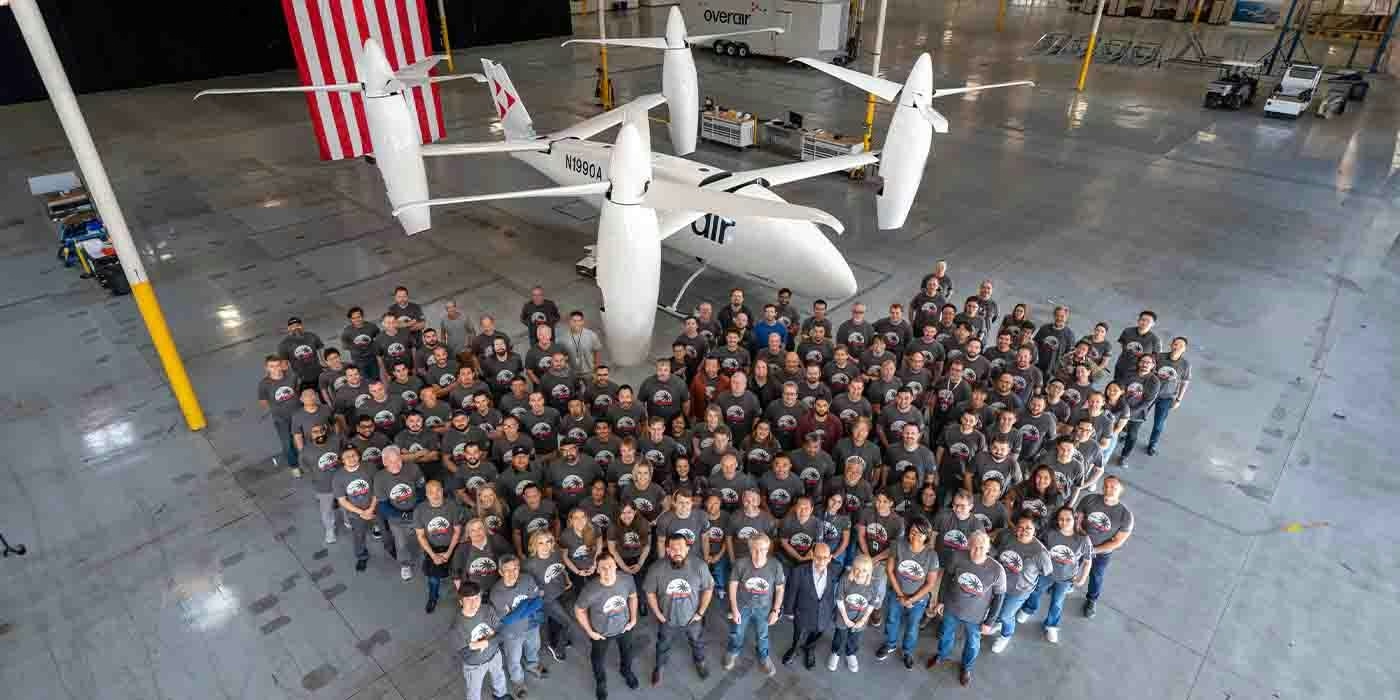
Unique mixed-propulsion eVTOL completes transition flight testing
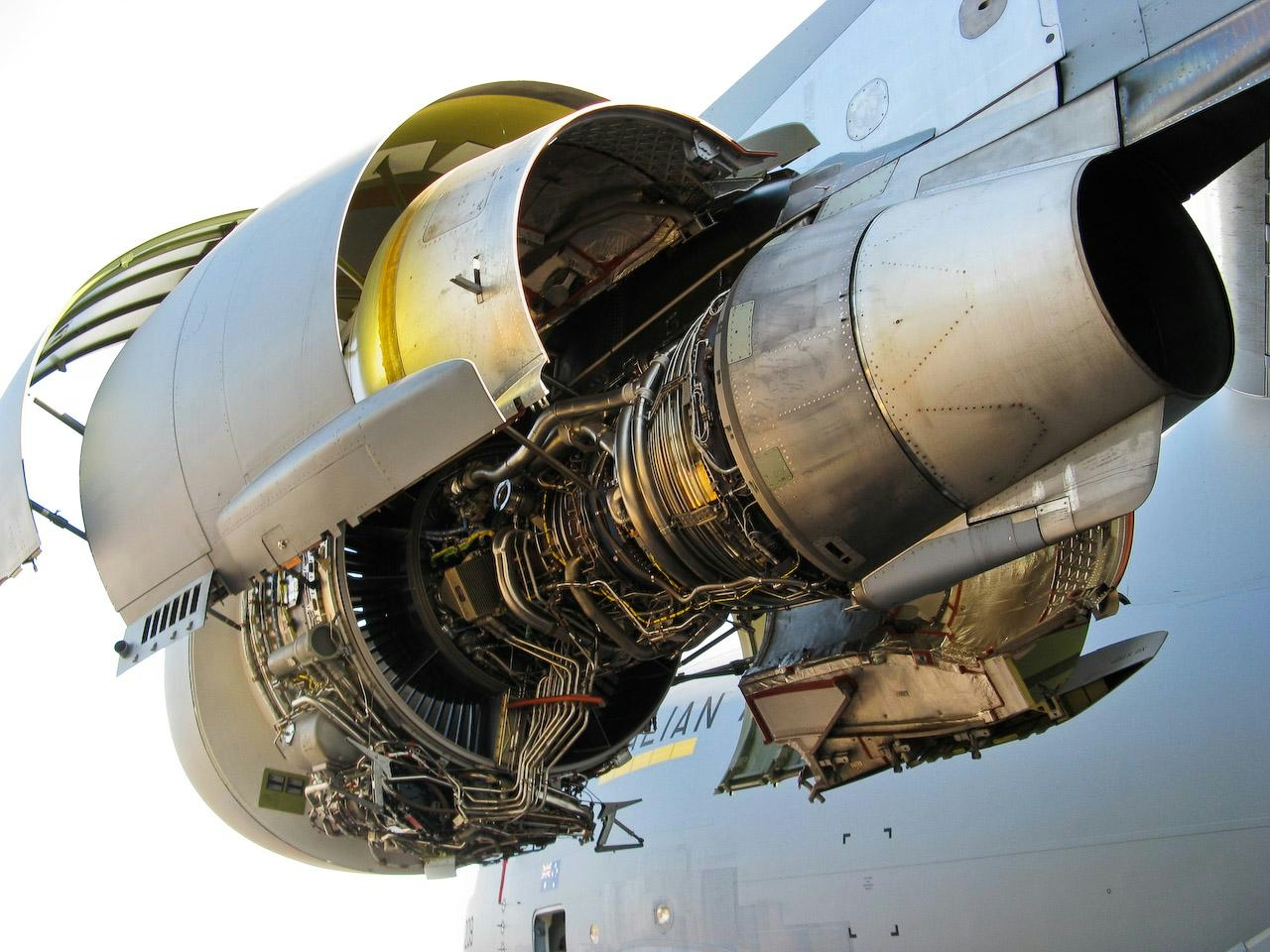
Are C-17 Globemaster Engines Derived from Boeing 757?
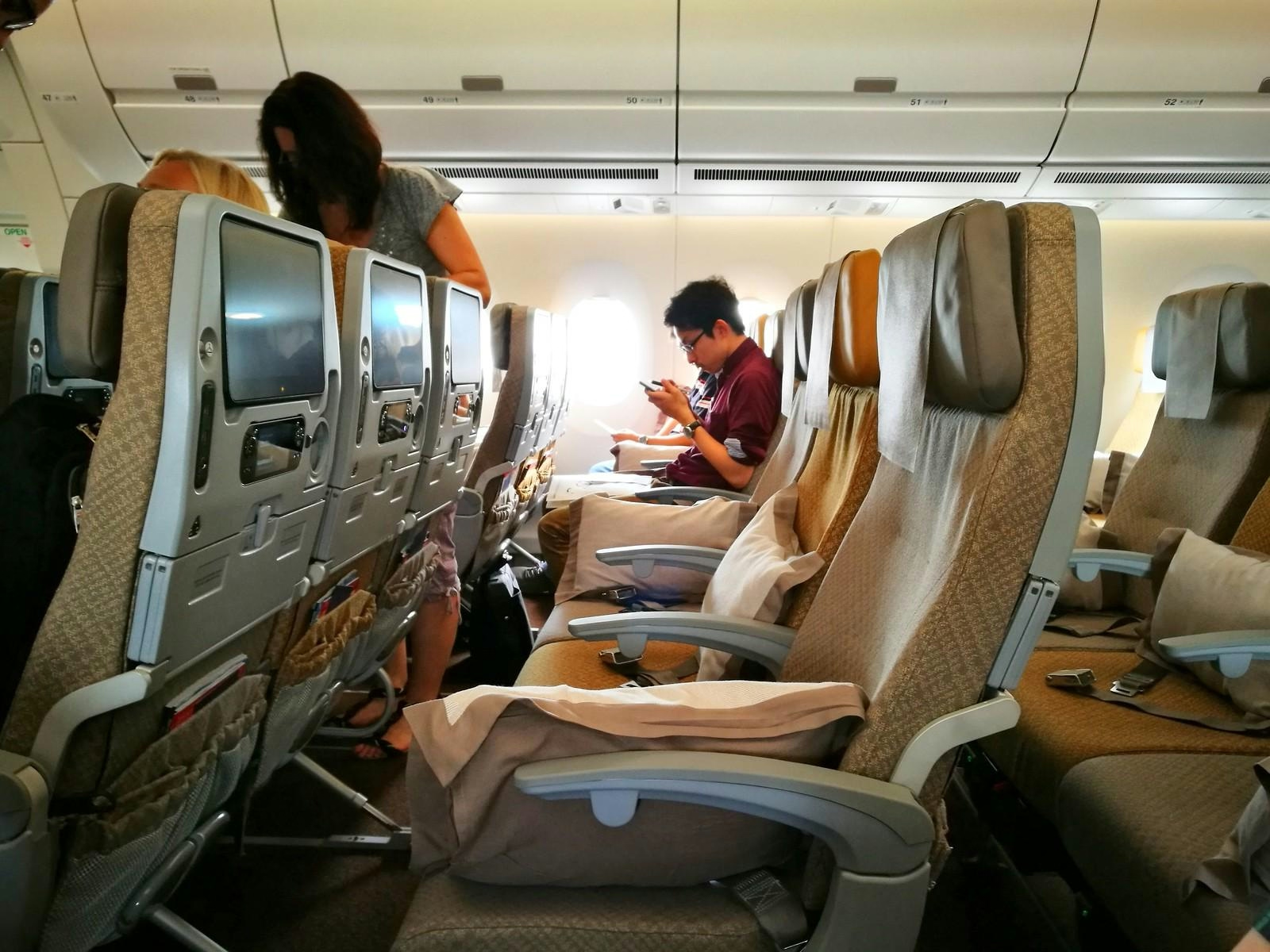
Why the Airbus A350’s Cabin Is Quieter Than Other Aircraft
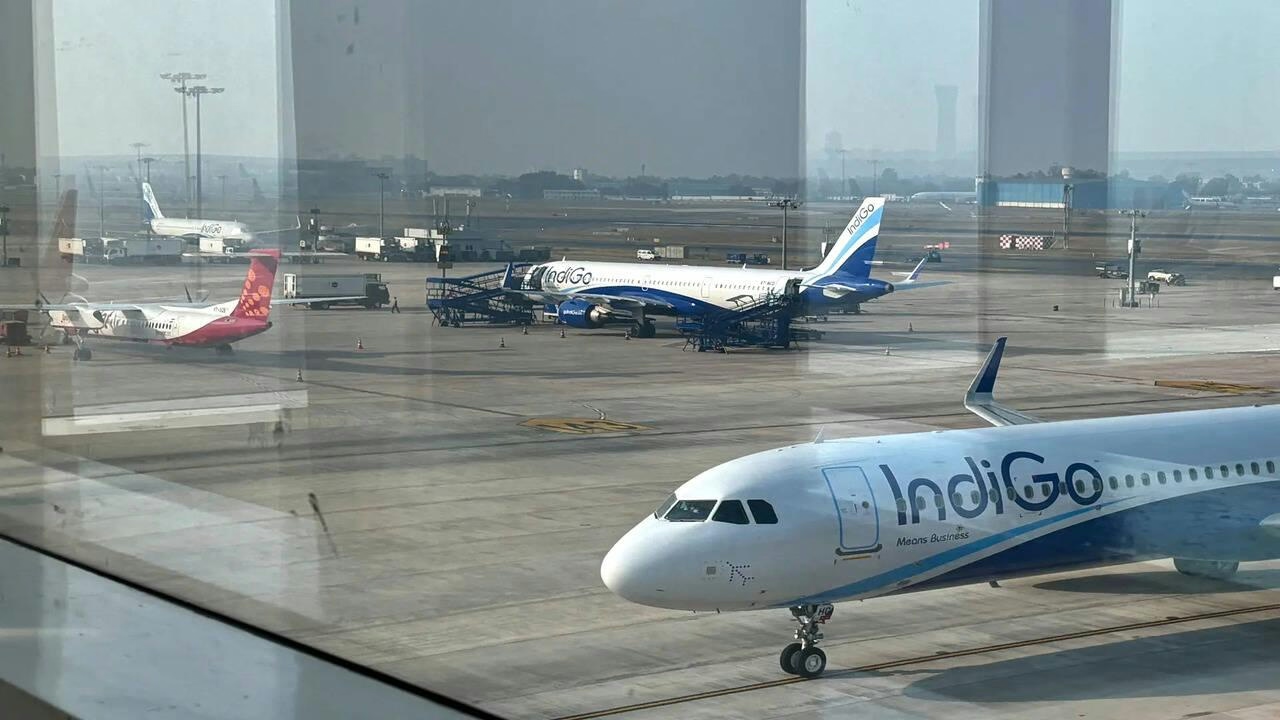
AI and AI Express Plan to Increase Capacity Amid IndiGo Flight Disruptions
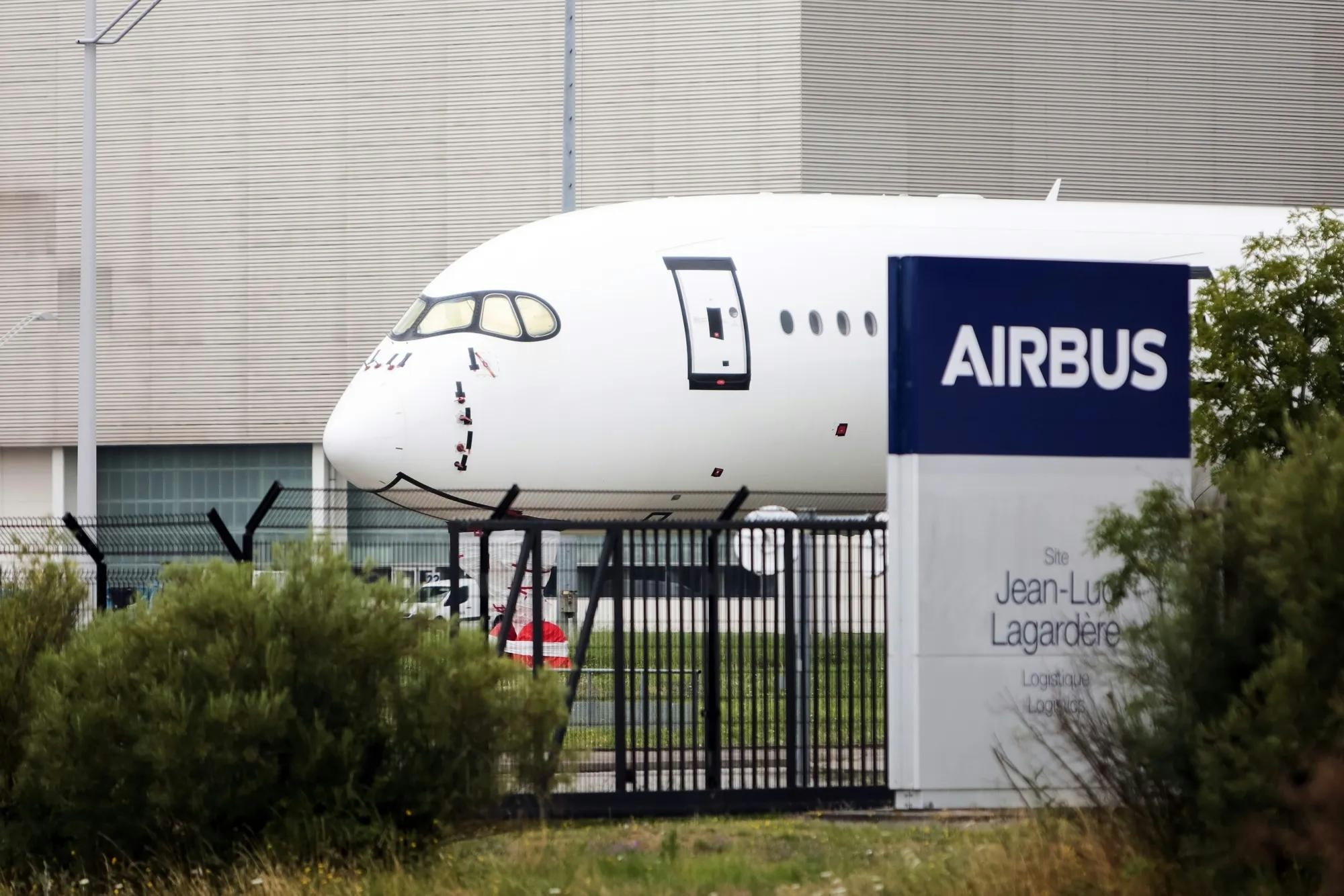
Kazakhstan and France Agree on Airbus Aircraft Deliveries
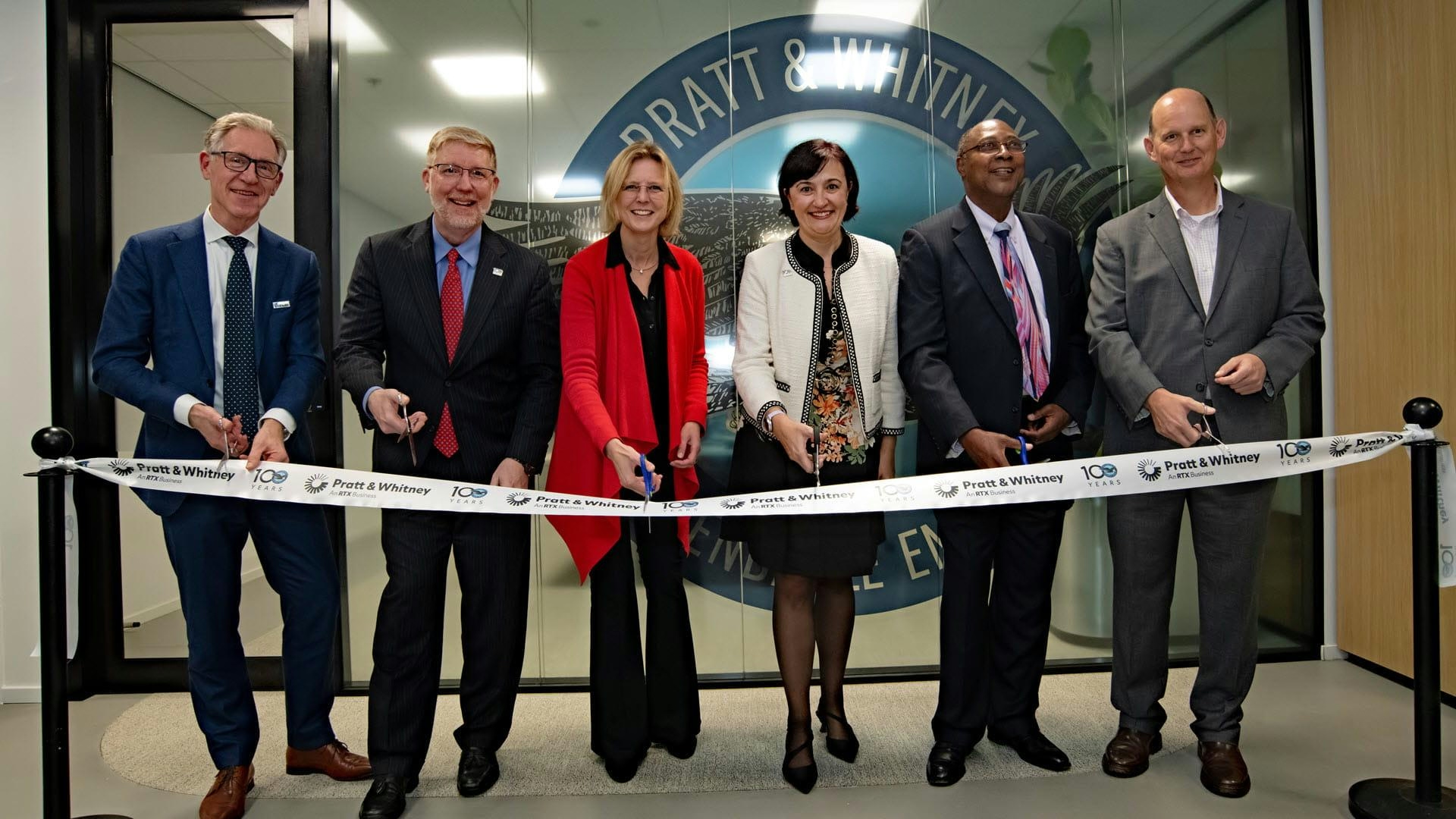
Europe’s Emerging Talent Drives Aviation Innovation
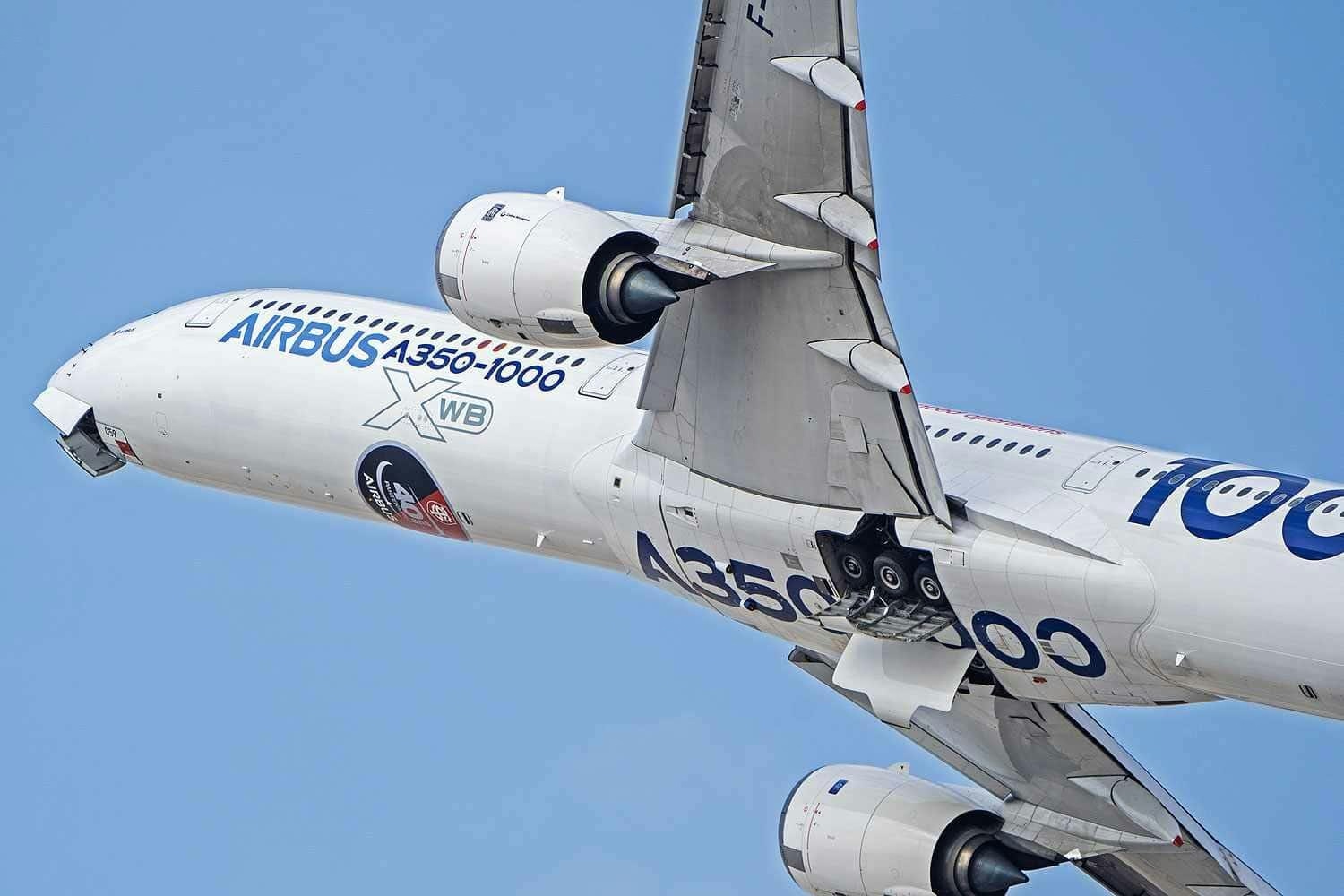
Airbus Receives New Order for A350-1000

The Leading Widebody Aircraft in Service Today
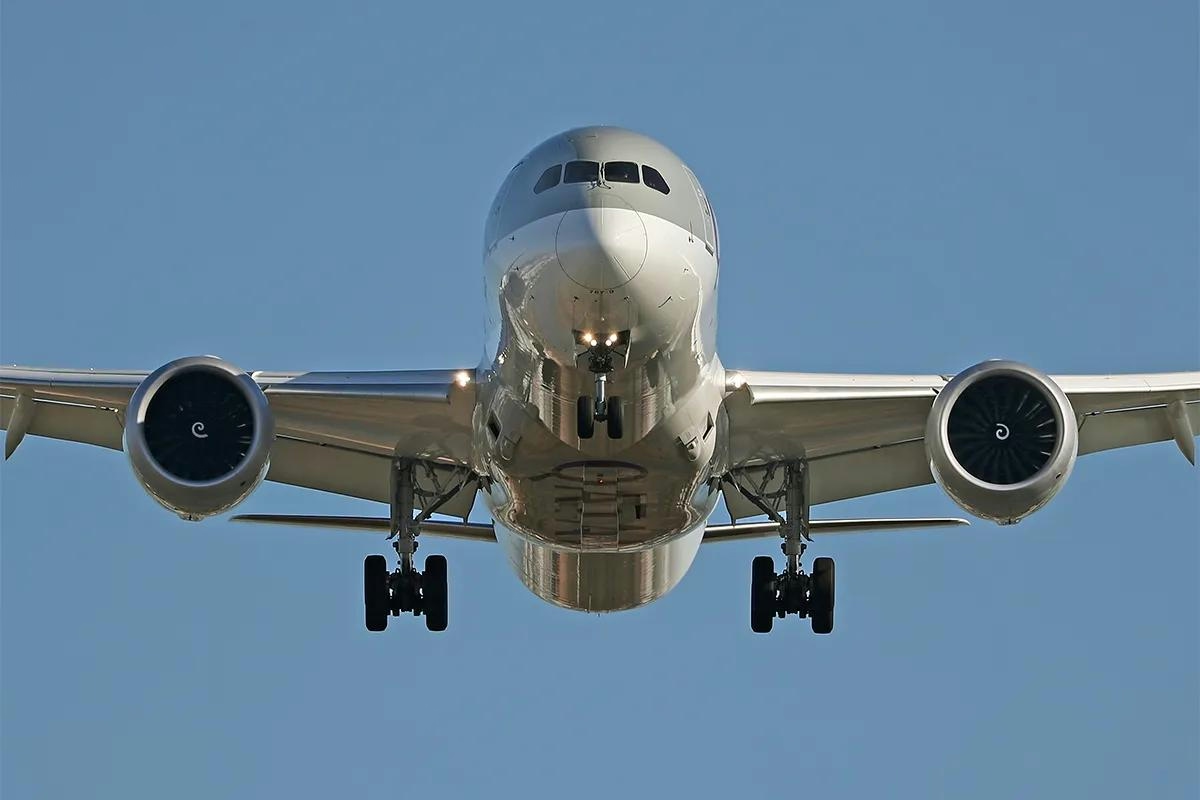
The Fastest Boeing Jet Currently in Service
